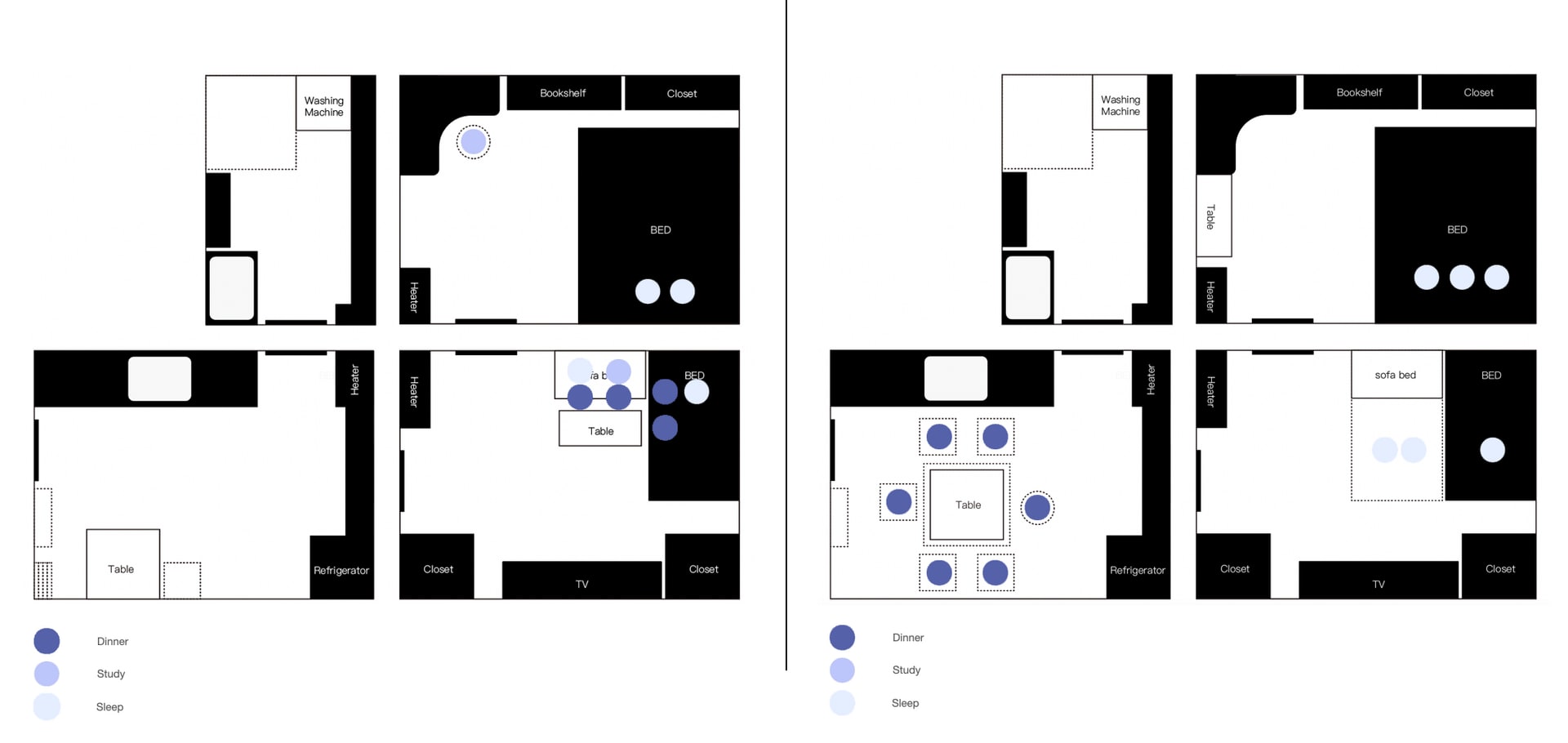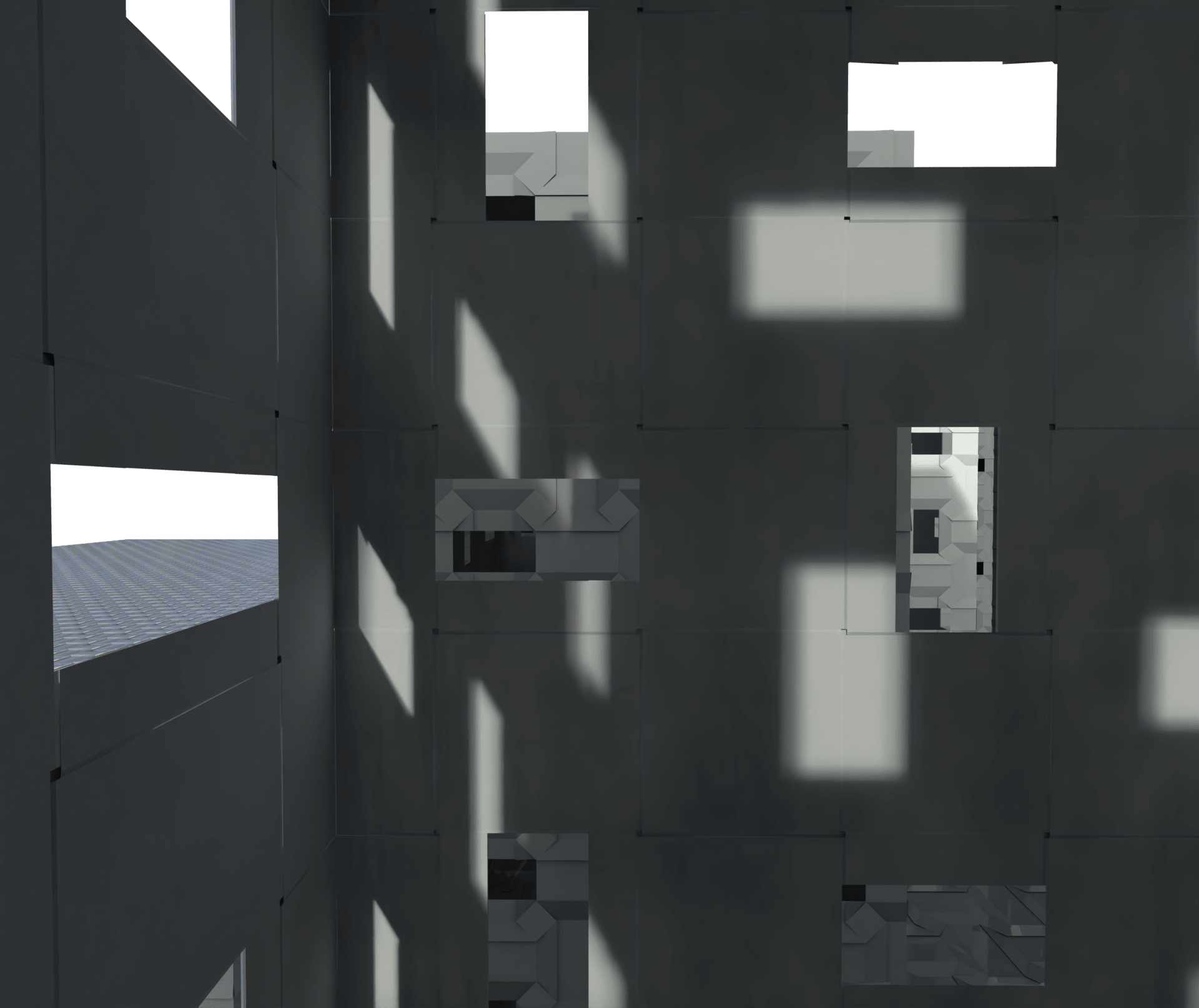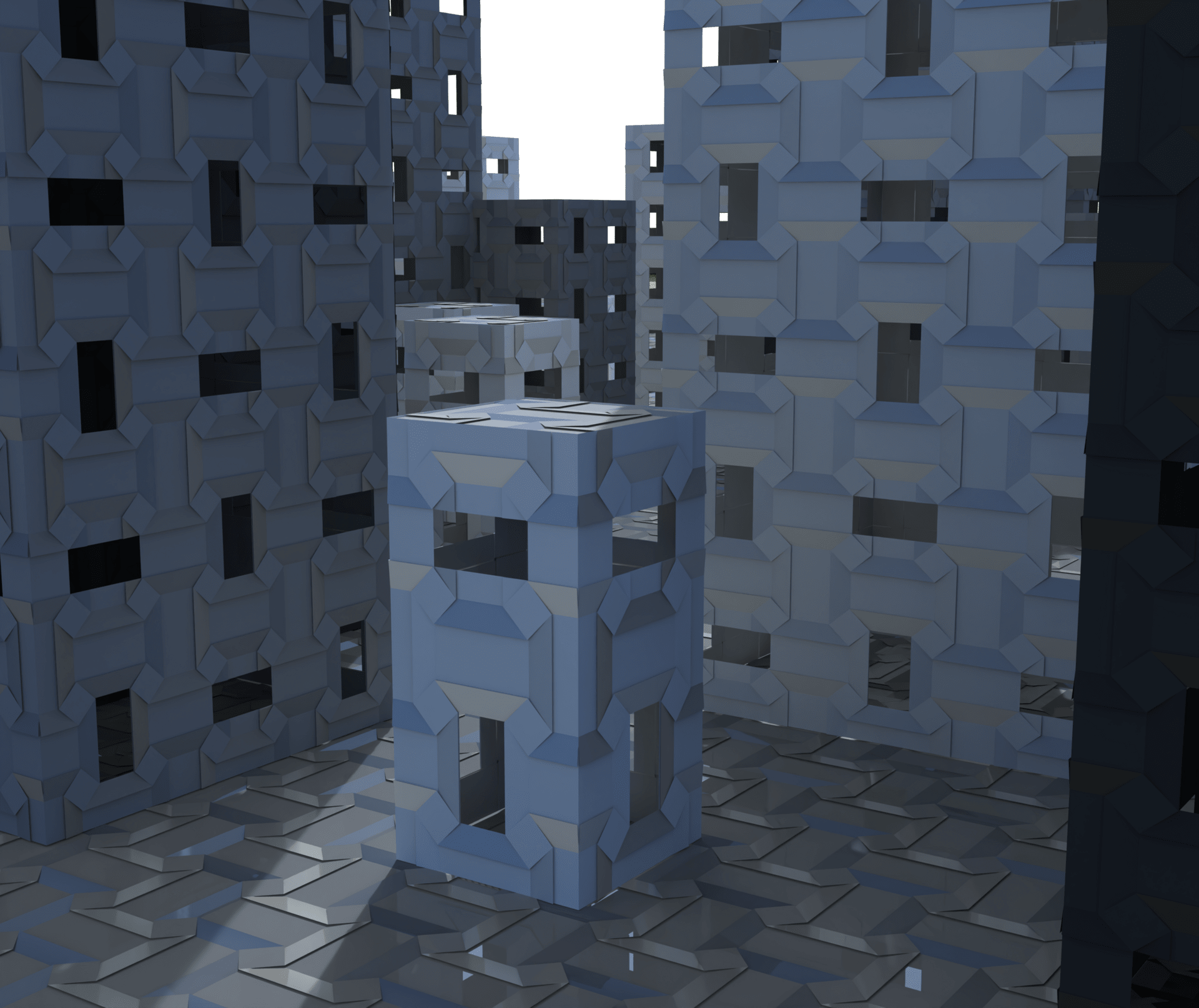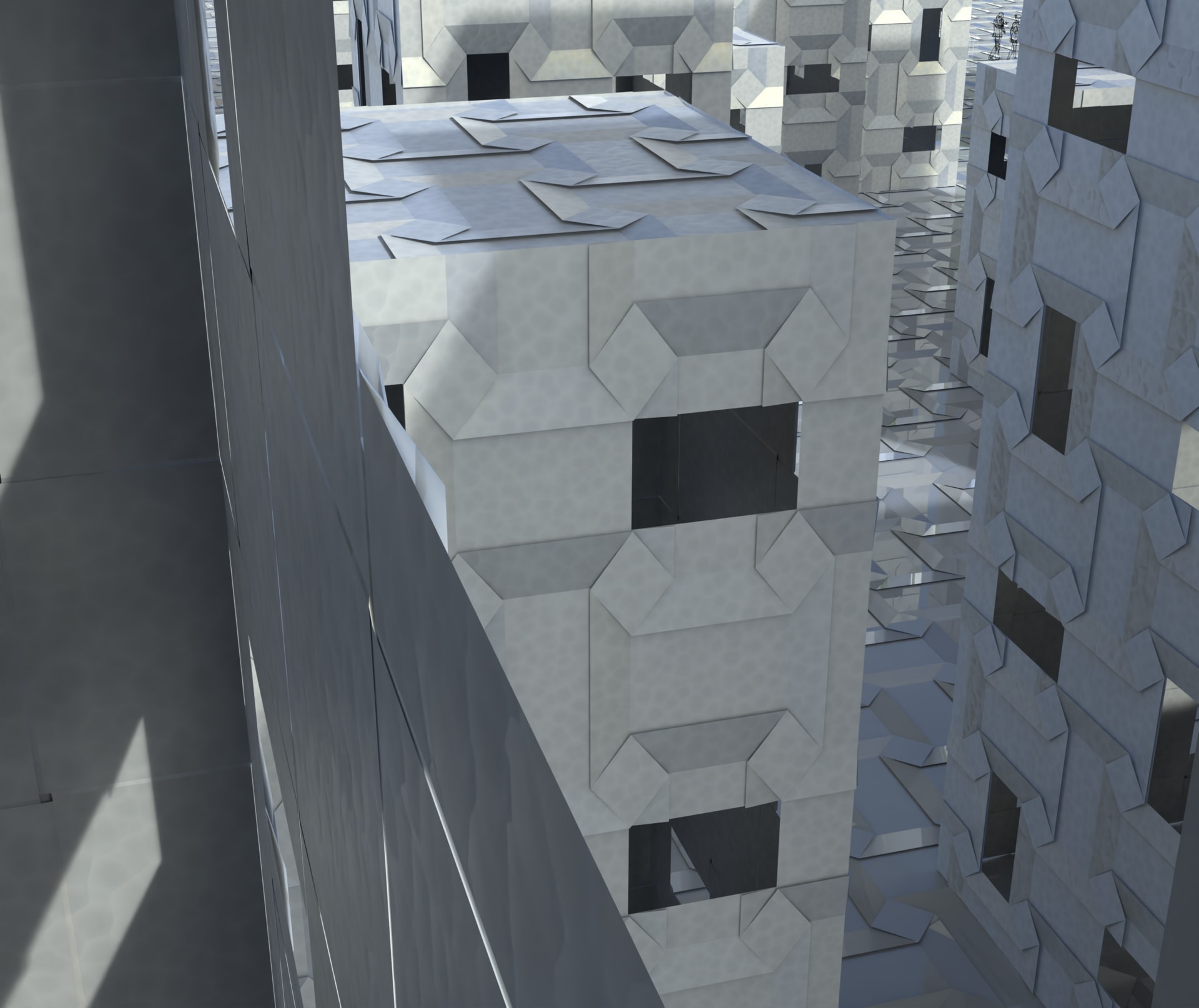With a BA in Fashion and Textile at Beijing Institute of Fashion Technology, Xin Zhou has developed her research on textile design in a broader context of social awareness at the Royal College of Art.
Her work overlaps CMF, digital, and spatial design. By employing digital tools as an aid, she is currently exploring the potential of surfaces ranging from space to objects, the capacity of which could be adjusted by flexible textiles for adapting to the variable living method.
Xin has an ambition of working collaboratively with artists, scientists, and engineers with different backgrounds, in which way she could develop her practice into a wider social sphere.










